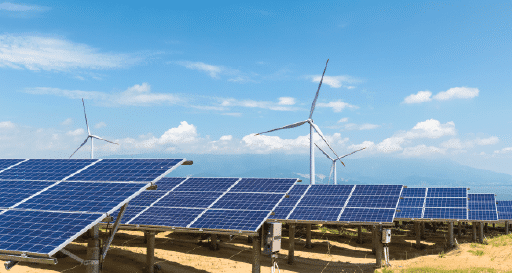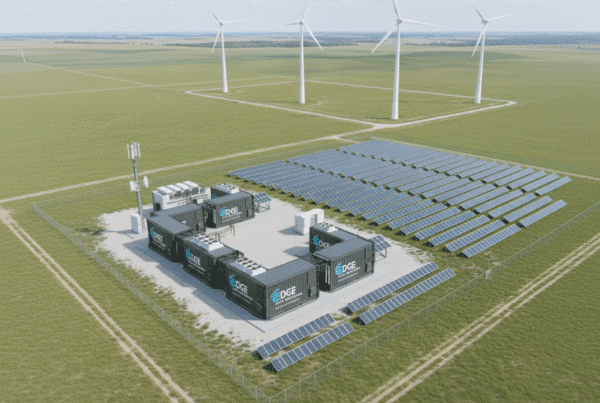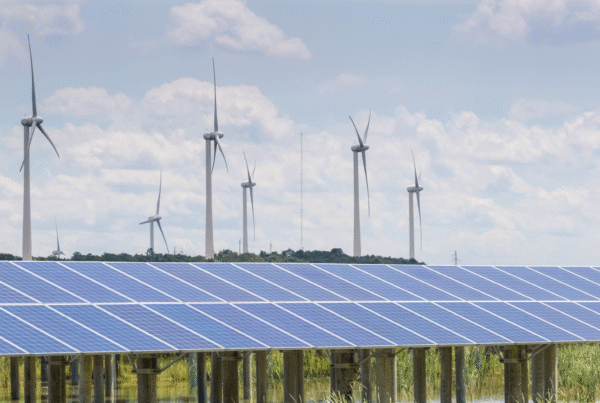
The solution to address this problem is to develop systems capable of storing that energy when it is not consumed. e. So that it can be used at the times when it is most needed.
One of the technologies in which more hopes are being placed for energy storage is in batteries. The most widespread and well-known are lithium-ion, which make possible a more efficient use of energy and a greater adoption of renewable energy. Lithium batteries are based on a varied group of technologies, in which the conductive thread to accumulate energy is the use of lithium ions, particles with free positive charge that can easily react with other elements.
When photovoltaic panels capture solar radiation and convert it into energy, it can be connected to the electricity grid or it can be conducted through isolated systems. The surplus energy produced by these panels is stored in batteries for use at night or during periods of low solar radiation.
Lithium batteries can store between 95 and 99% of the energy generated in a very efficient way. With batteries, solar energy projects can be used more by expanding access to energy and reducing CO2 emissions.
As a drawback of this system, it should be mentioned the difficulty in finding some of the materials. In addition, lithium is a finite and expensive substance, which skyrockets the cost of energy storage in these devices.
In the future, it is expected that energy storage systems will allow renewable energy to be managed, adapting generation and demand at all times, avoiding energy spills and supporting the electricity system in periods of low generation and high demand.







